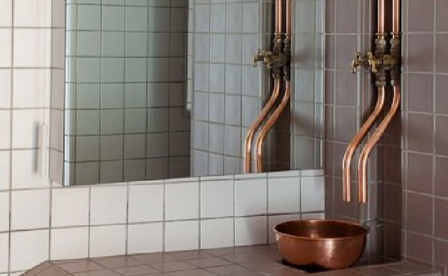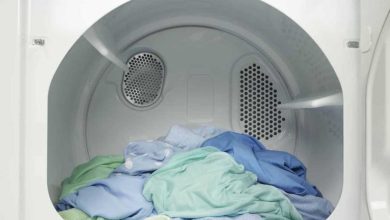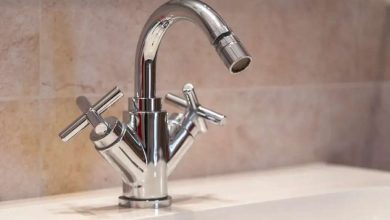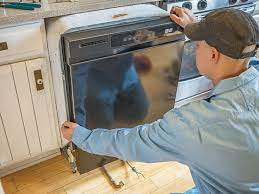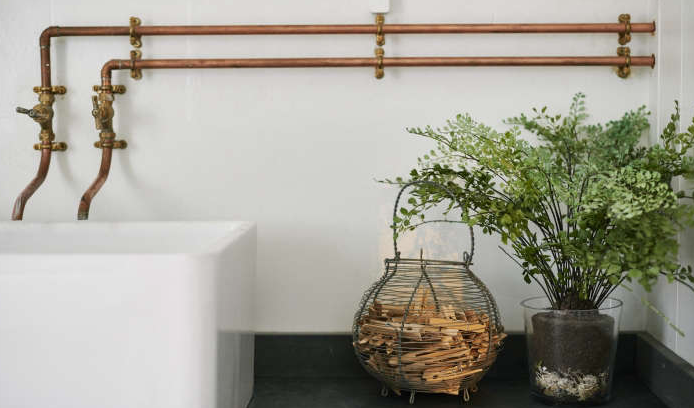
In the world of plumbing, the choice of materials is paramount for ensuring the longevity and safety of water systems. Among the various options available, copper stands out as a distinguished choice, owing to its unique blend of properties.
We’re here to explore the reasons behind the widespread use of copper for water pipes and to reveal the science and economics that make copper pipes a preferred option for modern plumbing needs.
Historical Background of Copper Use in Plumbing
Copper has been used in plumbing for centuries, revered for its robustness. This enduring preference for copper pipe in water systems stems from its proven track record. Historical evidence reveals copper’s long-standing role in delivering water, with its journey as a plumbing mainstay beginning in ancient civilisations. The Copper Sustainability Partnership goes into further detail on the uses of copper and how versatile the chemical element is in our day-to-day lives.
Properties of Copper
Copper’s widespread use in water pipes largely owes to its exceptional malleability and resistance to corrosion. These properties make it an ideal material for crafting durable and reliable plumbing systems. Copper’s malleability allows for ease in shaping and fitting, accommodating various plumbing configurations with minimal effort.
Copper’s Cost-Effectiveness and Availability
Besides its technical merits, copper is also celebrated for its cost-effectiveness over time. While the initial investment in copper pipe might be higher than for other materials, its longevity and low maintenance needs translate to significant savings in the long run.
For those interested in high-quality copper pipe fittings, options like those offered at https://watkinspowis.co.uk/products/copper-pipe-fittings-and-press-systems provide a range of solutions for various plumbing needs.
The enduring popularity of copper in plumbing stems from its unique blend of corrosion resistance and cost-effectiveness, making it an ideal material for water pipes.

